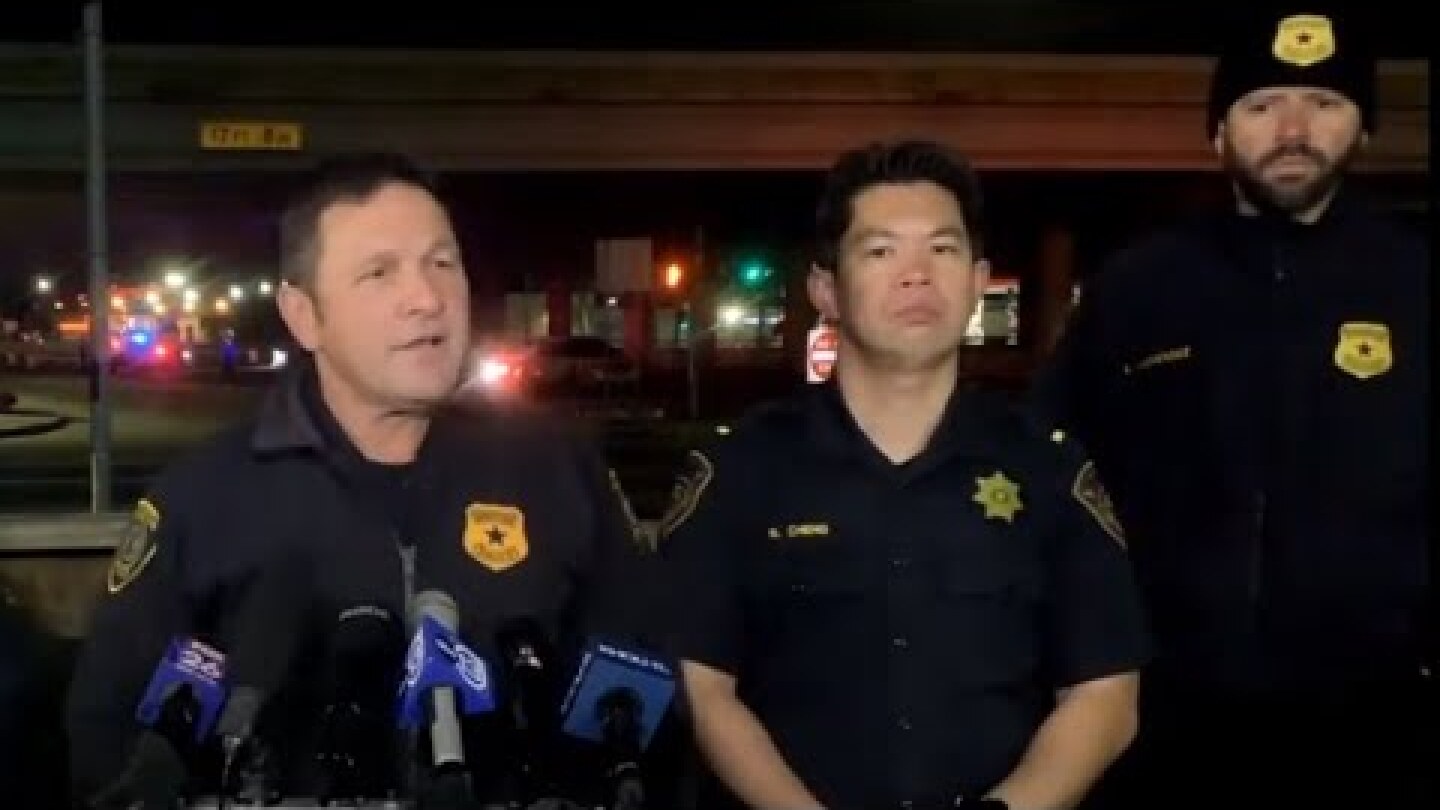Pursuit Policy
Please indicate the scenarios where a vehicle pursuit is deemed permissible by selecting the appropriate options below
An in-depth review of the latest trends in police pursuit policies and tactics, with a keen focus on the response to evolving crime trends and risk management challenges
Download this free eBook to learn why and how departments should strive to avoid high-speed pursuits through a combination of de-escalation tactics, training and technology
Mich State Police officials cited updated technology that will allow officers to make an arrest without pursuing the suspect as a reason for the change
The updated policy requires that officers obtain express approval from supervisors to maintain a pursuit, limits boxing in or ramming vehicles and prioritizes risk analysis training
Mayor London Breed, who placed the measures on the ballot, celebrated early success after Propositions E and F had commanding leads in partial returns from March 5 voting
The state law required officers to have reasonable suspicion that a person has committed certain crimes, such as a violent offense, to engage in a pursuit; the new version states that reasonable suspicion can apply to any crime
PERF, COPS Office, NHTSA and the Pursuits Working Group wrote guidance for law enforcement when developing or revising their vehicle pursuit policies
Fort Worth Police Department officers attempted to stop the driver when he drove the wrong way on a one-way street; the suspect and two pedestrians were injured during the pursuit
The city of Monona reinstated the police department’s policy that allows officers to pursue in cases where suspects “pose a danger to public safety”
“There are certain tactics that officers use that we don’t necessarily want everyone, specifically criminals, to know about,” Fort Worth Police Chief Neil Noakes said
Safer, but limited by law, Woodbury police started using StarChase technology in August as part of an initiative to reduce the need for high-speed chases
Police Chief Brian Chaney stated the department “has decided to temporarily focus our priorities on suspects who we believe to be involved in dangerous and violent felony offenses”
The revised policy now permits police, weighing public safety and traffic conditions, to pursue suspects fleeing in vehicles during stings, unlike the previous restrictions
“We need our legislators and elected officials to revisit this and raise the penalties for this, because it is so dangerous,” a PD official said
Recruits will go through 12 weeks of field training, which is “desperately needed because the department is getting younger and younger,” Superintendent Cheryl Clapprood said
“We believe it’s a solid investment to keep our officers and citizens safe” Support Services Director Paul Vanderplow said
“We have to show some discretion, but we should not say, ‘We should never pursue,’” Lakewood Police Chief Patrick Smith said
“You can get a suspect another day, but you can’t get a life back,” Executive Director Chuck Wexler said
As the suspect started to drive away, he backed into a cruiser, hitting an officer in the process; the suspect then drove the wrong way on a highway
“People thinking they can take off on us — those days are over,” NYPD Chief of Patrol John Chell said
Aircraft with high-definition cameras are helping Twin Cities officers catch racers without getting into dangerous pursuits
The new bill makes it easier to start pursuing someone suspected of committing a violent crime, a sex offense or driving while intoxicated
An officer must notify a supervisor about the pursuit and then come up with a plan to end the pursuit
Legislation moves to the Senate, but some representatives and LEOs believe the new bill still does not offer a comprehensive solution
Representatives held a town hall call and found 87% of people in the call supported new pursuit legislation
Bill increases the areas of reasonable suspicion where an officer can begin a pursuit but includes communication requirements
Troopers were unable to stop the driver unless there was probable cause he was a suspect in a violent crime or drunken driving
Officer Steven Wren, who was 37 at the time, suffered a multi-level compression fracture of his thoracic spine
MOST POPULAR
- Hot water for “hot plates”: How one Georgia sheriff’s office is tackling stolen and fleeing vehicles
- Calif.'s top court rules for police in a pursuit accident case
- Key considerations for police pursuits of stolen vehicles
- How do you know when to end a pursuit?
- Good pursuit training is about finding the right opportunities

























